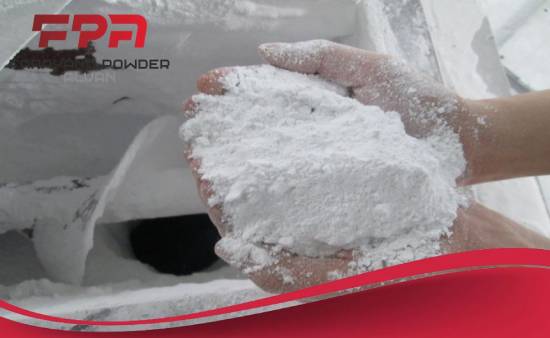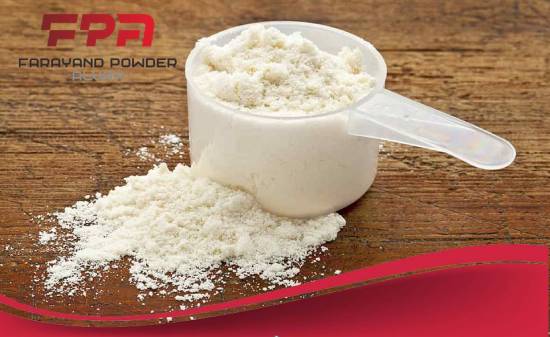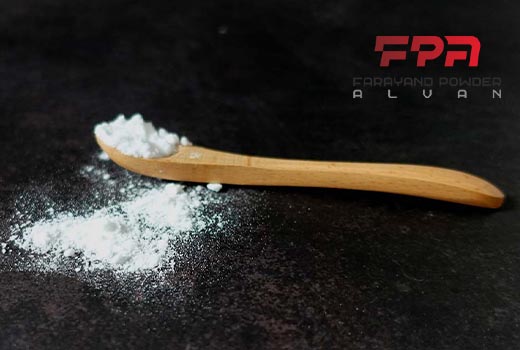In minerals, two terms often intermingle but hold distinct characteristics—Coated Calcium Carbonate and Calcium Carbonate. Understanding the nuances between these two compounds is crucial, especially in industries where their applications diverge. In the rest of this article, we will examine the difference between calcium carbonate and coated calcium carbonate and provide practical information in this field.
The difference between calcium carbonate and coated calcium carbonate
Calcium carbonate and coated calcium carbonate are two forms of the same chemical compound, but they differ in their physical and chemical characteristics and applications. This discussion will explore the differences between calcium carbonate and coated calcium carbonate.
1. Chemical Composition
Calcium carbonate (CaCO3) is a chemical compound composed of calcium, carbon, and oxygen. It is a common substance found in rocks, shells of marine organisms, and minerals. The chemical formula remains the same for calcium carbonate and coated calcium carbonate.
2. Manufacturing Process
Another difference between calcium carbonate and coated calcium carbonate is their production process. Manufacturing calcium carbonate involves extracting and processing natural limestone or marble. It is then ground into a fine powder. On the other hand, coated calcium carbonate is produced by modifying the surface of the calcium carbonate particles through a coating process. This coating is usually applied to enhance certain properties or to make it suitable for specific applications.

Particle Size
Calcium carbonate may have a wide range of particle sizes in its natural form. The grinding process used in the production of calcium carbonate can control the particle size to some extent. Coated calcium carbonate, however, typically has a more uniform and controlled particle size distribution due to the coating process.
To read more about what is calcium carbonate, click here.
Surface Treatment
The critical difference lies in the surface treatment. Coated calcium carbonate has an additional layer on its surface, which is applied during manufacturing. This coating is often a substance like stearic acid or other chemicals, which alters the surface properties of the calcium carbonate particles.
Properties
The coating on the surface of ground calcium carbonate imparts specific properties to the coated form that may not be present in the uncoated version. Coated calcium carbonate tends to have improved dispersibility, better compatibility with other materials, and enhanced rheological properties compared to its uncoated counterpart. These properties make coated calcium carbonate suitable for a broader range of applications.

Applications
The uses of calcium carbonate and coated calcium carbonate are another difference between them. Calcium carbonate finds extensive use in various industries, including construction, pharmaceuticals, agriculture, and food. Uncoated calcium carbonate is commonly used as a filler in products like paper, paints, plastics, and rubber. Coated calcium carbonate, with its modified surface properties, is often preferred in applications where improved dispersion and compatibility are crucial, such as in producing high-quality paper, paints, and adhesives.
Cost
The cost of coated calcium carbonate is generally higher than that of uncoated calcium carbonate due to the additional processing steps involved in the coating process. However, the benefits gained from the enhanced properties may justify the increased cost in specific applications.
Environmental Impact
The environmental impact of both forms of calcium carbonate is generally similar, as they are derived from natural sources. However, the additional processing steps involved in coating calcium carbonate may have environmental implications, depending on the coating materials and processes used.
To get information about What is Coated Calcium Carbonate, click here.

Conclusion
In conclusion, while calcium carbonate and coated calcium carbonate share the same chemical composition, differences of calcium carbonate and coated calcium carbonate lie in the manufacturing process, particle size, surface treatment, properties, applications, cost, and environmental impact. The choice between the two forms depends on the specific requirements of the intended application and the desired properties of the end product.
With over 30 years of experience in producing various industrial micronized powders and an experienced team with extensive knowledge of pigments, Farayand Powder Alvan Co. has been a reputable supplier in various industries and is honored to provide technical consultation to customers for the best and most economical solutions.


